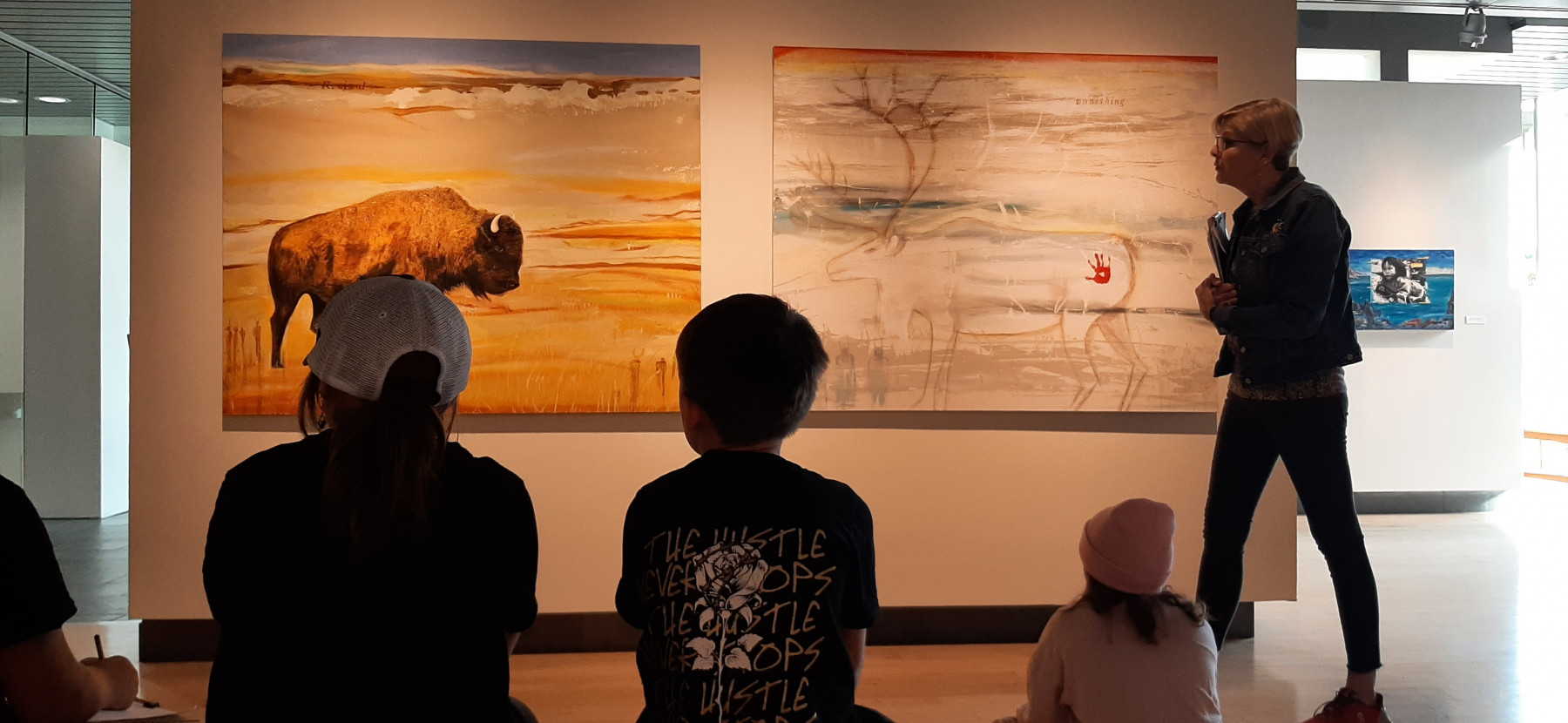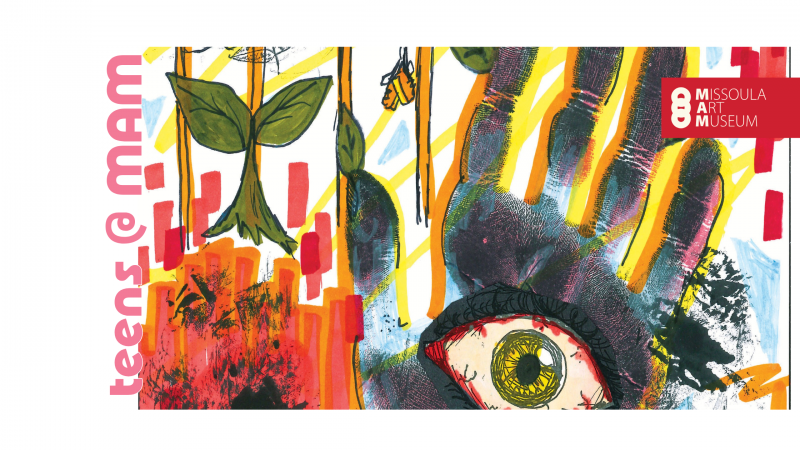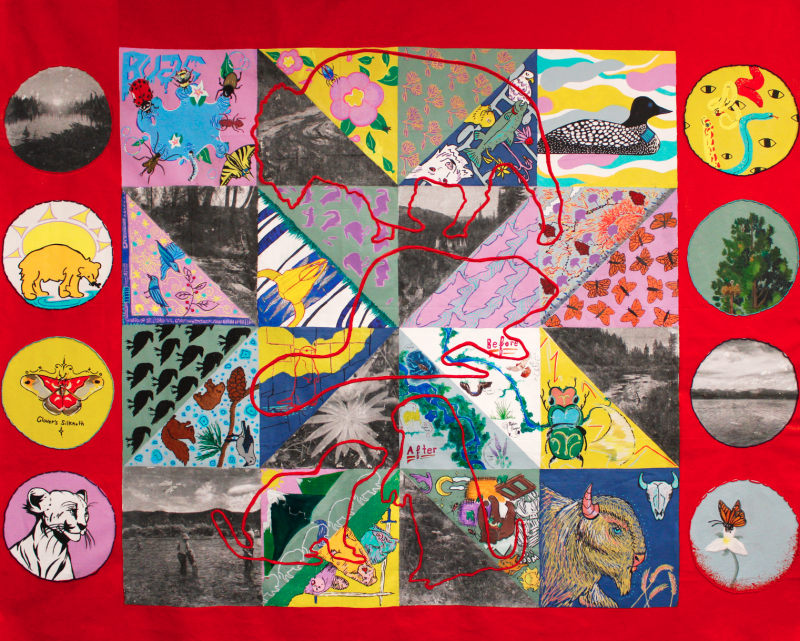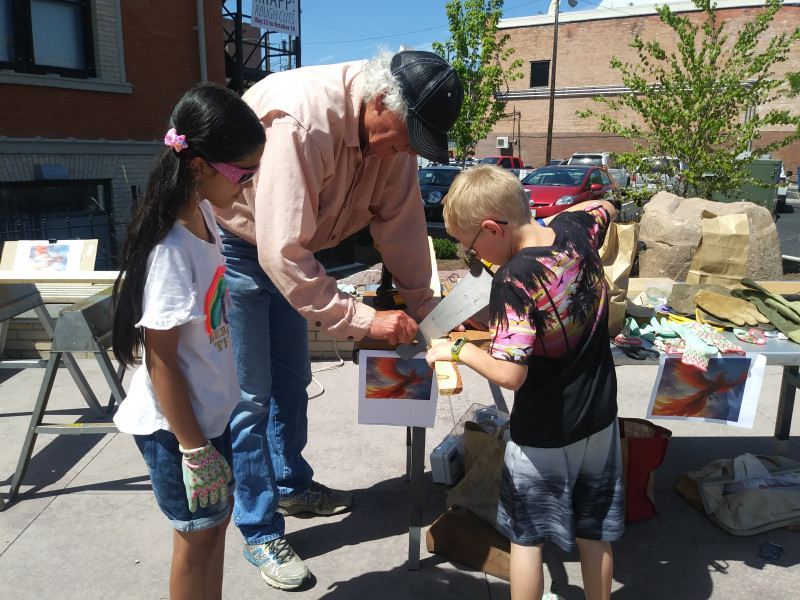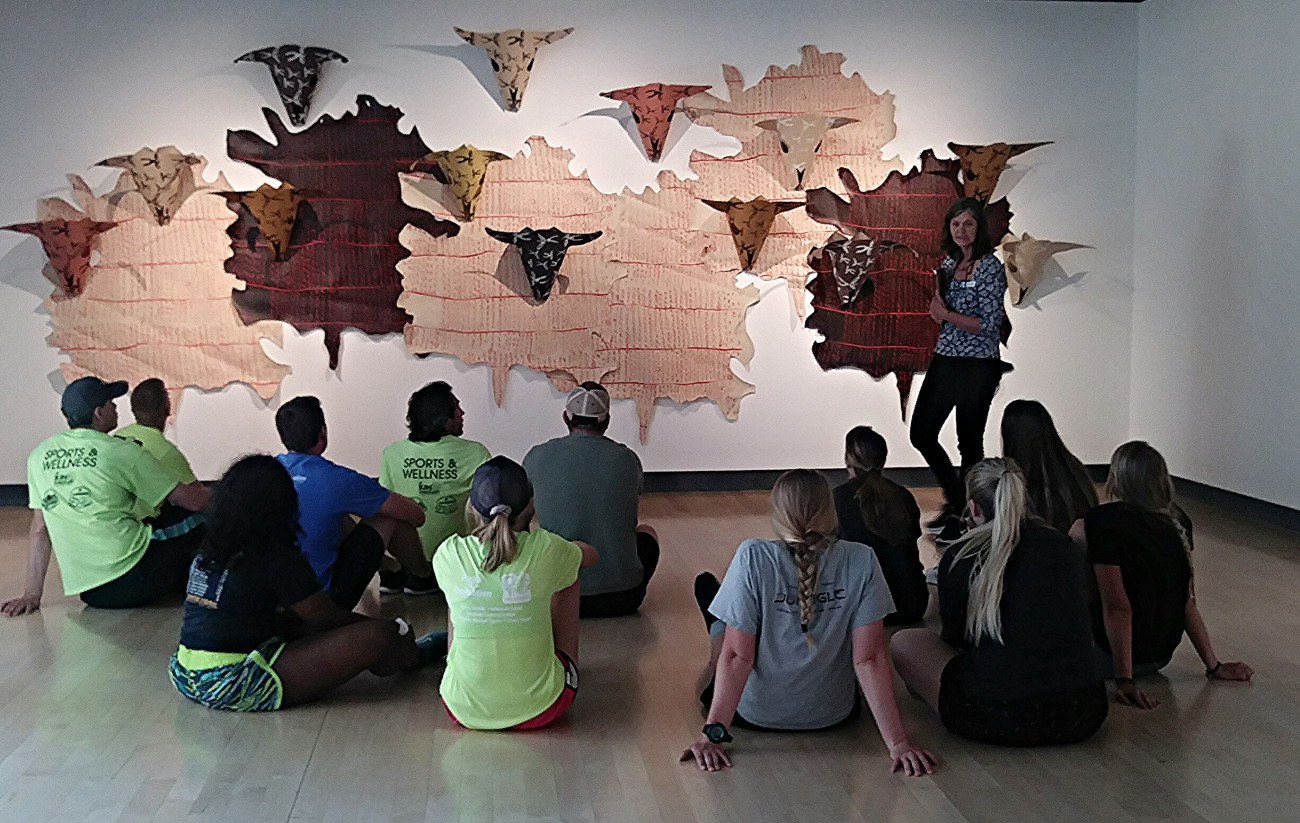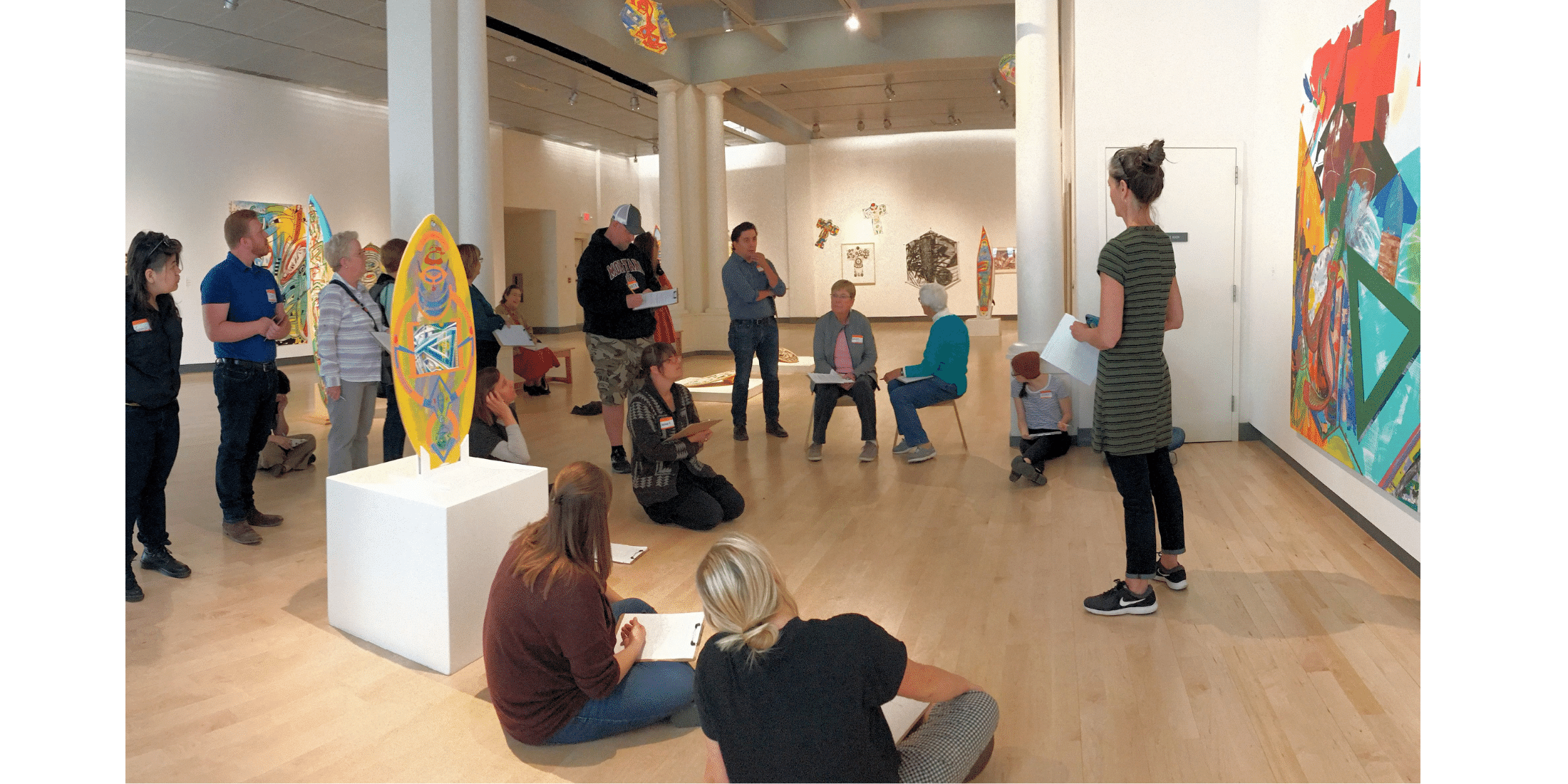Welcoming people of all ages, abilities, backgrounds, and cultures to engage with contemporary art
MAM’s Educational Philosophy
MAM’s educational focus is to empower all audiences to engage with contemporary art and artists. MAM’s education team strongly believes that engaging with contemporary art can open a unique and accessible pathway to learning about current issues and ideas of our time. MAM implements an innovative approach to help audiences connect with contemporary art—using methods of observation and interpretation. Our interpretive strategy is inquiry-based and preferences self-engagement and self-discovery.
MAM employs a variety of platforms, strategies, and modalities to provide access to engagement. We use open-ended questions to support a culture of self-discovery, curiosity, and wonder. We remove obstacles by using common language, and we use appropriate art education vocabulary when the context calls for it. MAM actively reaches out and invites audiences to engage with contemporary art and supports them in that engagement. MAM believes that engaging with art is a life skill. If a museum visit can foster a connection between contemporary art and individuals, people will feel empowered to engage with art anytime, anywhere!
MAM’s Radical Welcome
The Radical Welcome is a strategy to remove barriers to entry and engagement for everyone. MAM invites people of all backgrounds, abilities, and interests to engage with contemporary art, foster their creativity, build community, and catalyze civic engagement. FREE admission MAM is a gift to every visitor. We believe free admission is the best way to make great works of contemporary art democratically available to all. In addition to free admission, MAM offers funding for bus transportation to Tribal and rural communities for the majority of its educational outreach programs. Schools visit from the Flathead Indian Reservation and communities in Mineral and Sanders County to the north of Missoula, the Bitterroot Valley, and Granite County to the south. MAM also shows respect towards indigenous cultures that once resided on the land now occupied by the museum.



